 Expert's opinion
Expert's opinion
Expert's opinion
The article is a subjective view on this topic written by writers specializing in medical writing.
It may reflect on a personal journey surrounding struggles with an illness or medical condition, involve product comparisons, diet considerations, or other health-related opinions.
Although the view is entirely that of the writer, it is based on academic experiences and scientific research they have conducted; it is fact-checked by a team of degreed medical experts, and validated by sources attached to the article.
The numbers in parenthesis (1,2,3) will take you to clickable links to related scientific papers.
Low-Impact Exercises For Weight Loss 2024: Why Should You Try?
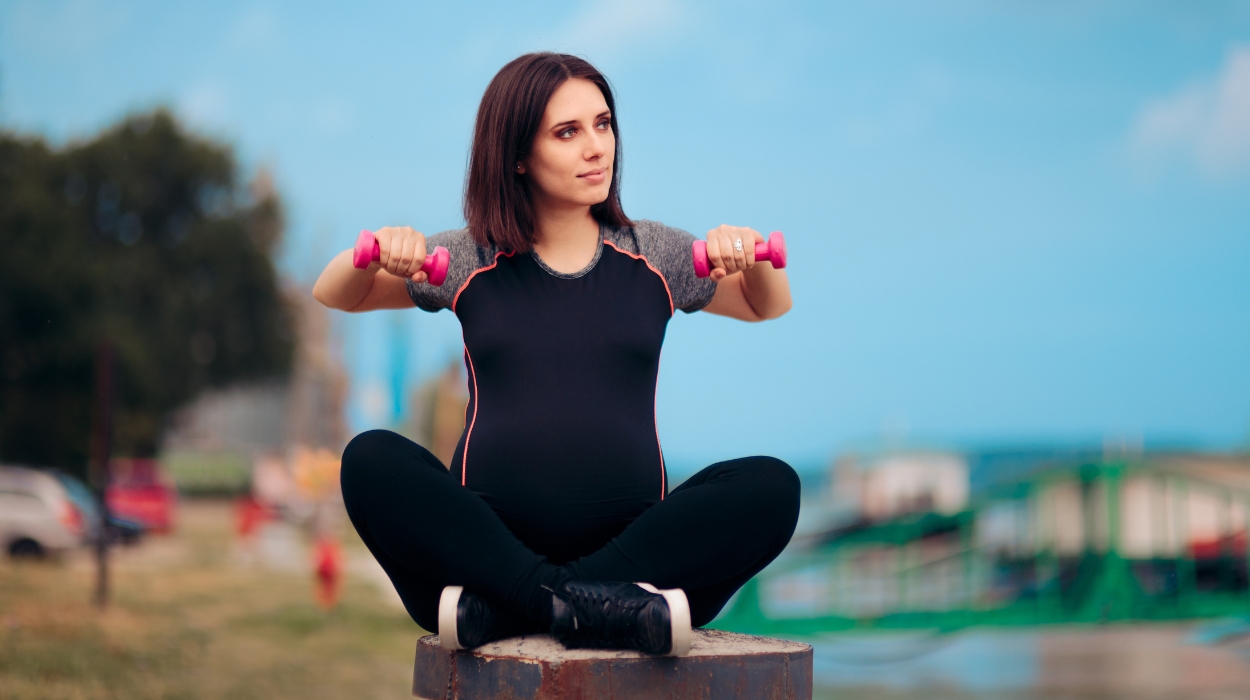
Most people think low impact equals low intensity, but that couldn’t be further from the truth. Think of the immense strength that Tour de France cyclists need; their hearts reach over 80%[1] of their maximum capacity for hours, and their legs push the power of 25 kilos[2] or more.
Low-impact exercises can give you all the same benefits as high-impact exercises. It’s perfect for when you’re tired, just starting to work out, have an injury, or if you’re suffering from a chronic condition. Read on for the best low-impact exercise for weight loss to help you reach a healthy weight and boost your mental health.
10 Best Low-Impact Cardio Exercises For Fat Loss
- Walking
- Low-impact HIIT
- Cycling
- Elliptical machines
- Swimming
- Rowing
- Yoga
- Low-impact dance or barre
- Skating or rollerblading
- Kayaking
10 Best Low-Impact Exercises For Weight Loss
There’s not just one low-impact weight loss exercise that leads to better overall health. These ten are some of the best low-impact exercises to increase both your physical and mental health:
Walking
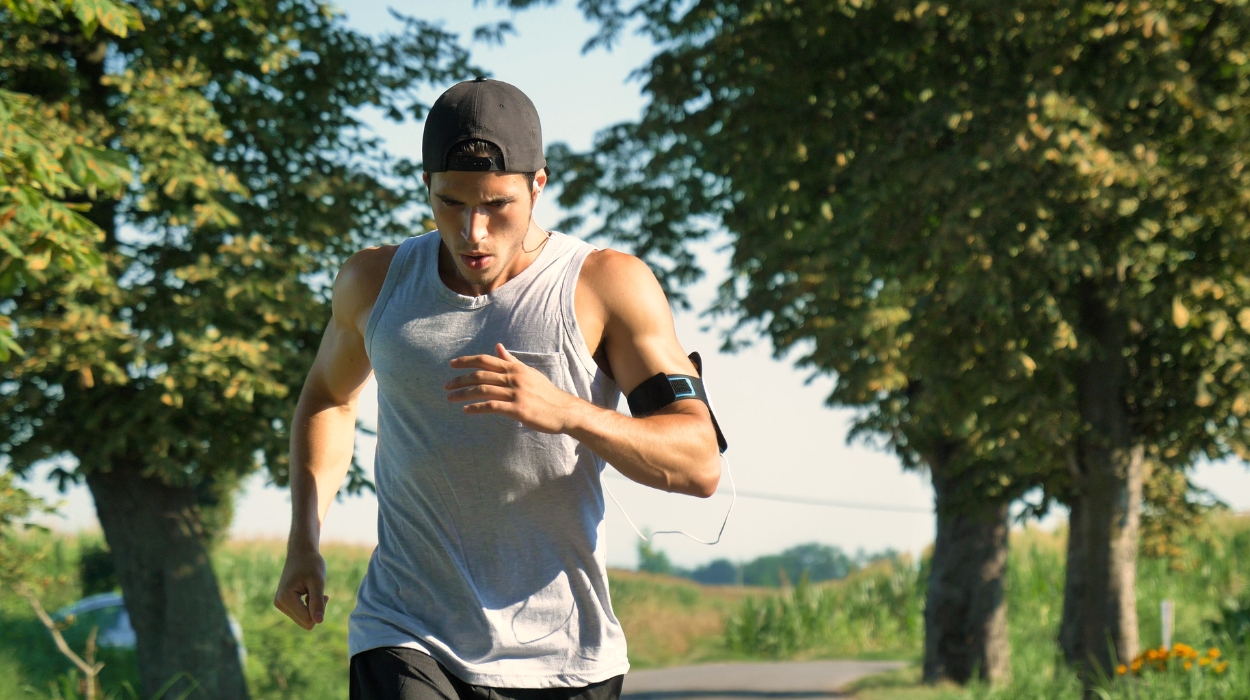
The benefits of walking, even if in small amounts, are underrated. Even though 10,000 steps a day is recommended, 7,000[3] steps still give benefits towards a healthy weight and mental health. Plus, going at either a moderate or brisk pace will greatly change your cardio activity and calories burned.
Currently, the average US adult already walks 6,500 steps per day. If you make the time for it, a 20-minute walk in the park will give you 2,000-3,000 added steps without ever having to step foot in a gym. You’ll also get a mood boost by spending time in green space[4].
Low-Impact HIIT
Low impact doesn’t mean you can’t get the full benefits of a high-intensity interval training, or HIIT, workout[5]. High-intensity low-impact training, or HILIT, burns calories, increases heart rate, and improves muscle strength while protecting you from injury or added pain. You can post a YouTube video and find short low-impact HILIT cardio exercises for weight loss at home.
Cycling
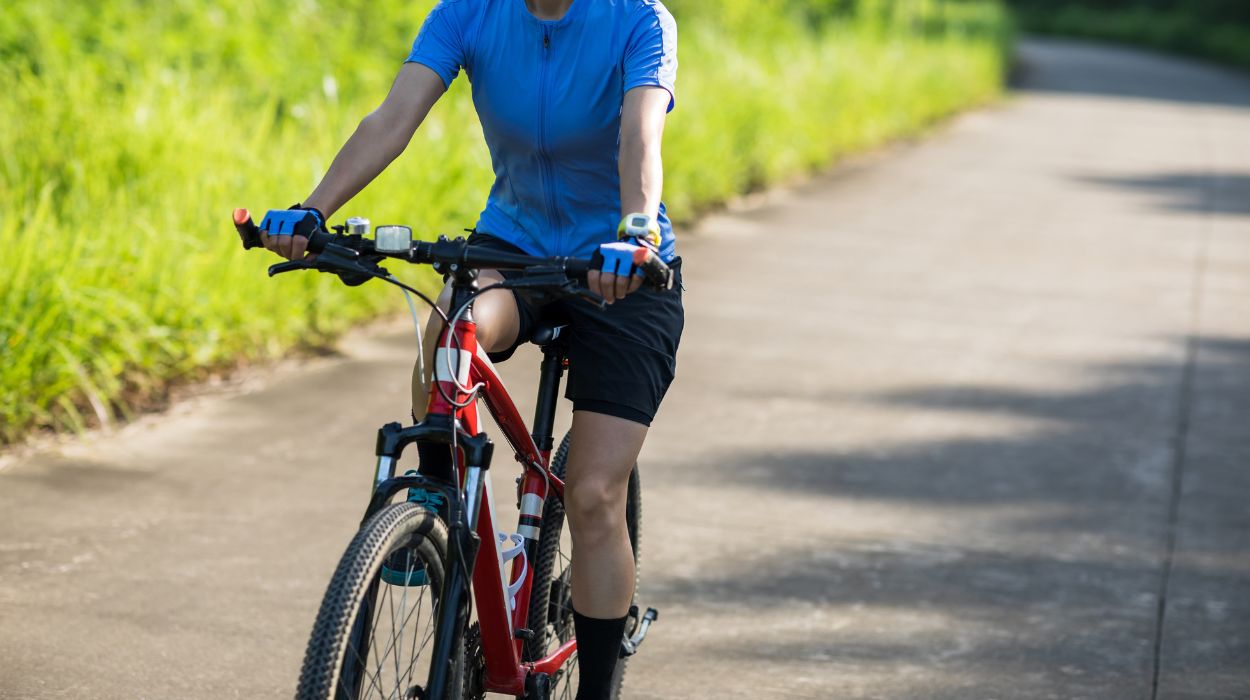
This low-impact cardio workout is perfect for just about any intensity. You can do a one-hour cycling class and leave feeling so exhausted that you can’t make it home, or take a relaxing bike ride with the entire family on a Sunday afternoon. It’s an exercise that works for everyone.
Cycling is great for weight loss and improving overall body composition. It also works to lower cholesterol levels[6], which is perfect for older adults looking for low-impact exercises to reduce their risk of disease.
Finally, one of its biggest advantages is that you don’t need a gym to get the benefits. Biking outside is even better for your health[7] than biking indoors because most people bike in natural settings, like parks or along rivers and meadows (or for the more adventurous mountains). Nature (i.e., “green space”), of course, is one of the best antidepressants[8] there are, reducing stress hormones, anxiety, and depression.
Elliptical Machines
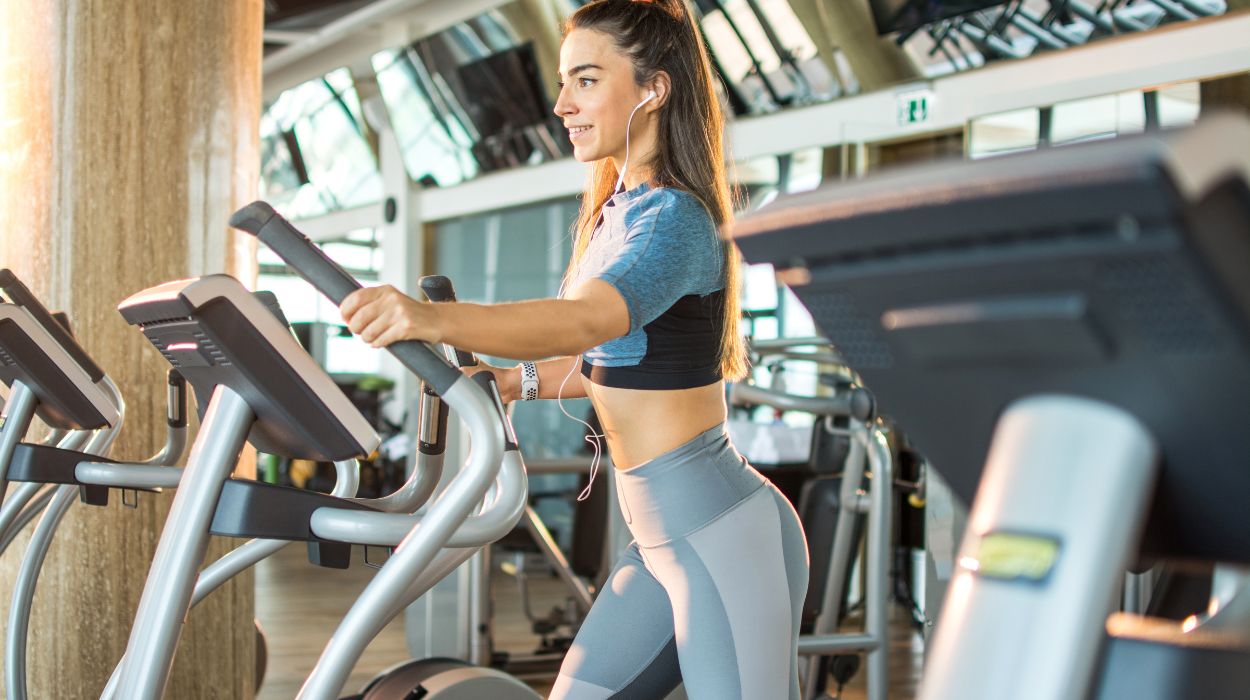
The elliptical machine became famous as soon as it was introduced to the gym for a reason. It gives you a great aerobic workout on your feet, at the intensity of your choice, without worrying about the knee or ankle damage that usually comes with running. You can choose the intensity of your choice and burn fat more quickly with a HIIT-style program[9], switching between medium and high-intensity intervals. Using a ratio of 2:1 (high: low) intensity, like 30 seconds of high to 15 seconds of low, can help with weight loss.
Swimming
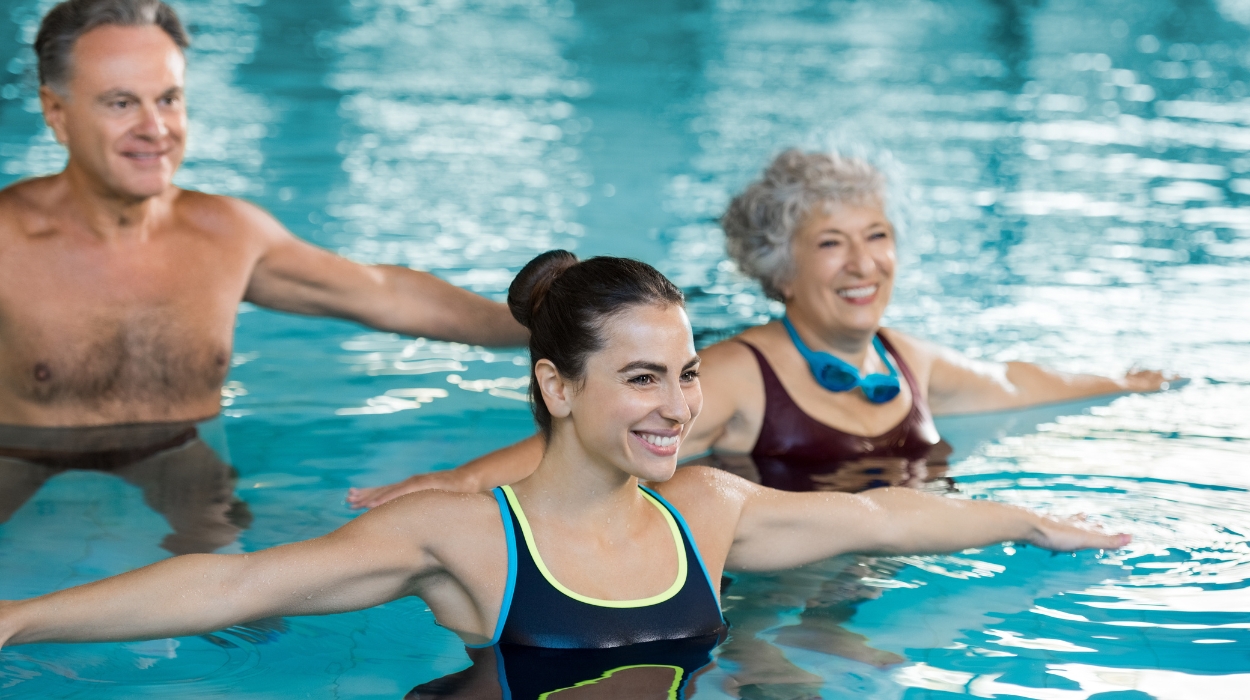
Swimming is one of the easiest low-impact exercises on joints and one of the highest energy-using workouts to burn fat. Any type of movement in the water, like an aerobics class or laps, offers great low-impact exercises for knee pain.
Plus, if you’re near a beach, this activity will have you spend time in a natural setting, which further lowers stress levels and improves mental health. Sitting on the sand and listening to the waves afterward is the perfect spot for a short meditation, too.
Rowing
A rowing machine is a great way to keep your knees and joints protected while building core and upper body strength, along with pushing your heart to higher capacities. If a rower sounds boring, you can select 20-minute HIIT-style programs to switch between moderate and vigorous aerobic activity.
Yoga

If you think yoga is just holding relaxing poses and stretching, you’re half right. There’s another side to yoga with styles that have you in constant movement, putting your heart to work like any cardio workout.
Vinyasa and power yoga can be especially fast, with other slower styles like Hatha[10] still showing the same mood benefits as other activities, like swimming.
Low-Impact Dance Or Barre
The number of dance classes available online or in person has skyrocketed. You can let out your inner ballerina or jazz dancer no matter how old you are. Open YouTube and you’ll find plenty of low-impact exercises for weight loss at home to choose from.
There’s something for everyone, with styles ranging from Zumba to hip-hop, to even ballroom dancing with a partner. Barre has become especially popular recently because of its variety and entire-body cardio workout. It uses elements of pilates, yoga, and ballet and improves strength and flexibility while getting your heart rate pumping.
Skating Or Rollerblading
The side-to-side motion and strength needed to push yourself forward target muscles that rarely get attention. This is an entirely different low-impact workout than walking or cycling, perfect for when you feel the need to switch things up. It gets your entire body moving and burning calories while having fun, and your constantly changing center of gravity works out your core muscles continuously.
Additionally, you’re breathing fresh air and enjoying the mental health benefits of the outdoors. The average American spends 90% of their time indoors, giving this unique exercise even more reason to try it out.
Kayaking
If you’re ready for adventure, grab some friends together or head out for a solo kayak. A weekend might give you more time to drive to the water to switch up your usual low-impact workout routine (and get you to some relaxing nature spots).
It’s not just for the upper body, either. It improves cardio health, muscle strength, and even lower body strength from rotating your torso and putting pressure on your legs.
What Is Low-Impact Exercise?
Low-impact exercise minimizes the pressure and stresses normally felt by muscles and joints when working out. It still gets your heart rate up, but it has the added benefit of being easier for people to do at their own pace and prevent injury.
One way to identify low-impact exercise is whether at least one foot is on the ground at any time. Think of jumping jacks where you’re jumping, and both feet are in the air: high-impact. One foot is always firmly in place with low-impact jacks while the other toe taps to the side.
Most low-impact exercises offer a range of cardio intensity, making it a flexible workout for everyone’s needs and fitness level.
Why Should You Do Low-Impact Exercises?
It’s a myth that low-impact is only for people of a certain age, sex, or health condition. Everybody can benefit from low-impact exercises. Here are some specific examples of when it’s great to do a low-impact workout:
Hormonal Imbalances
Many women suffer from PCOS, adrenal, hypothalamus, or thyroid issues. These conditions can make them sensitive to exercise[11] since cortisol, prolactin, growth hormone, and testosterone often increase during exercise. (Progesterone may decrease.) While it’s not always the case, a combination of low-impact and low-intensity workouts might be helpful.
It’s also important to take note of the amount and intensity of training. Overtraining may cause hormonal imbalances or menstrual irregularities (e.g., period loss).
On top of that, if you’re feeling stressed, high-impact workouts may add even more strain to your body. On days when you’re feeling burned out and exhausted, a relaxed yoga class or light walk in the park might be exactly what you need.
Lower Chance Of Injury
If you’ve just experienced an injury, are overweight, pregnant, or elderly, a low-impact workout can reduce your chances of injury.
Build Bone Density
A sedentary lifestyle and aging increase your chances of developing osteoporosis. While that might sound too far away for many women to worry about, it’s common and can even occur at a young age, with 2% of university-aged women already demonstrating it.
Another important thing to keep in mind is that very athletic women younger than 30 with nutrient deficiencies are more likely to get early-onset osteoporosis.
Luckily, low-impact workouts can offer great strength training and keep bones strong. Even walking[12] reduces the risks of fractures and makes you more likely to age with a higher quality of life.
Chronic Conditions
If you suffer from a chronic health condition[13], exercise is a great way to reduce or prevent symptoms.
- Diabetes: lowers blood sugar levels, increases weight loss and hormonal balance
- Asthma: helps control the severity and frequency of asthma attacks
- Heart disease: lowers cholesterol levels and improves heart strength
- Back or joint pain: increases back strength and prevents further injury or pain (it’s a myth you shouldn’t exercise your back if you have back pain)
- Arthritis: reduces pain and stiffness and maintains muscle strength
- Cancer: lowers the risk of death from breast, colorectal, and prostate cancer
Low-impact and low-intensity exercise is a great way to manage symptoms, avoid injury, and slowly build strength.
Part Of A Balanced Workout Plan
Whether you’re just starting or feeling tired, low-impact exercises can offer great benefits without the strain. You don’t have to push your heart rate to the maximum or go to a gym; it can be gentle but still give endorphins and boost your mood and strength.
Plus, anyone can do it almost anywhere. You can grab your friends or family and head out for a relaxing walk, swim at the beach, or yoga class at home.
The Bottom Line
Low-impact exercises are great for anyone wanting a balanced workout plan. It can burn calories, help you lose weight, improve cardio and mental health, and increase strength. It’s a total body workout that’s also helpful for people suffering from chronic conditions who don’t want to risk injury.
If you head outside to do activities like walking, biking, swimming, yoga, or rollerblading, you’ll also get the added benefits of spending time in nature. Not only will you build muscle mass and get your heart rate pumping, but you’ll also reduce symptoms of anxiety and depression.
Finally, if you’re focused on feeling healthier overall, you don’t need to worry about which exercise will burn more calories. Setting a manageable fitness goal that has you doing activities you love while prioritizing a healthy diet with lots of self-care will get you the best long-term results.
+ 13 sources
Health Canal avoids using tertiary references. We have strict sourcing guidelines and rely on peer-reviewed studies, academic researches from medical associations and institutions. To ensure the accuracy of articles in Health Canal, you can read more about the editorial process here
- Nakagata, T., Murade, S., Katamoto, S. and Naito, H. (2019). Heart Rate Responses and Exercise Intensity During A Prolonged 4-Hour Individual Cycling Race among Japanese Recreational Cyclists. Sports, [online] 7(5), p.109. doi:10.3390/sports7050109.
- Douglas, J., Ross, A. and Martin, J.C. (2021). Maximal muscular power: lessons from sprint cycling. Sports Medicine – Open, [online] 7(1). doi:10.1186/s40798-021-00341-7.
- Tudor-Locke, C., Craig, C.L., Brown, W.J., Clemes, S.A., De Cocker, K., Giles-Corti, B., Hatano, Y., Inoue, S., Matsudo, S.M., Mutrie, N., Oppert, J.-M., Rowe, D.A., Schmidt, M.D., Schofield, G.M., Spence, J.C., Teixeira, P.J., Tully, M.A. and Blair, S.N. (2011). How many steps/day are enough? for adults. International Journal of Behavioral Nutrition and Physical Activity, [online] 8(1), p.79. doi:10.1186/1479-5868-8-79.
- ScienceDaily. (2020). Spending time in nature reduces stress. [online] Available at: https://www.sciencedaily.com/releases/2020/02/200225164210.htm
- Kaya, F., Nar, D. and Erzeybek, M.S. (2018). Effect of Spinning Cycling Training on Body Composition in Women. Journal of Education and Training Studies, [online] 6(4), p.154. doi:10.11114/jets.v6i4.3028.
- Chavarrias, M., Carlos-Vivas, J., Collado-Mateo, D. and Pérez-Gómez, J. (2019). Health Benefits of Indoor Cycling: A Systematic Review. Medicina, [online] 55(8), p.452. doi:10.3390/medicina55080452.
- Carly Jane Wood, Wicks, C. and Barton, J. (2022). Green spaces for mental disorders. [online] ResearchGate. Available at: https://www.researchgate.net/publication/364162466_Green_spaces_for_mental_disorders.
- Wewege, M., van den Berg, R., Ward, R.E. and Keech, A. (2017). The effects of high-intensity interval training vs. moderate-intensity continuous training on body composition in overweight and obese adults: a systematic review and meta-analysis. Obesity Reviews, [online] 18(6), pp.635–646. doi:10.1111/obr.12532.
- Berger, B.G. (2016). Mood Alteration with Yoga and Swimming: Aerobic Exercise May Not Be Necessary – Bonnie G. Berger, David R. Owen, 1992. [online] Perceptual and Motor Skills. Available at: https://journals.sagepub.com/doi/abs/10.2466/pms.1992.75.3f.1331.
- Gawel, M.J., Park, D.M., Alaghband-Zadeh, J. and Rose, F.C. (1979). Exercise and hormonal secretion. Postgraduate Medical Journal, [online] 55(644), pp.373–376. doi:10.1136/pgmj.55.644.373.
- Cannavò, S., Curtò, L. and Trimarchi, F. (2001). Exercise-related female reproductive dysfunction. Journal of Endocrinological Investigation, [online] 24(10), pp.823–832. doi:10.1007/bf03343935.
- LaMonte, M.J., Wactawski-Wende, J., Larson, J.C., Mai, X., Robbins, J.A., LeBoff, M.S., Chen, Z., Jackson, R.D., LaCroix, A.Z., Ockene, J.K., Hovey, K.M. and Cauley, J.A. (2019). Association of Physical Activity and Fracture Risk Among Postmenopausal Women. JAMA Network Open, [online] 2(10), p.e1914084. doi:10.1001/jamanetworkopen.2019.14084.
- Anderson, E. and J. Larry Durstine (2019). Physical activity, exercise, and chronic diseases: A brief review. [online] 1(1), pp.3–10. doi:https://doi.org/10.1016/j.smhs.2019.08.006.



